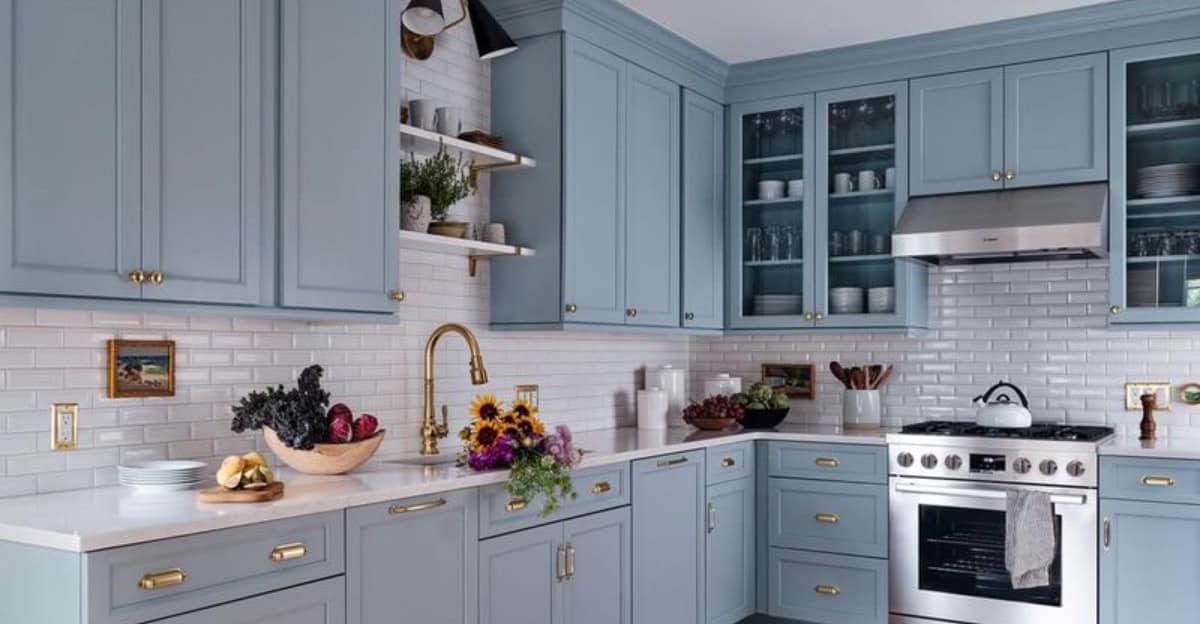Choosing the right cabinet color for your kitchen is crucial. A wrong choice can haunt you every time you step into your kitchen.
It’s not just about aesthetics; the color impacts the mood, functionality, and even the resale value of your home.
This decision, often underestimated, can lead to a daily reminder of a costly mistake. Here’s why this is the number one kitchen decision people regret.
1. Impact on Lighting
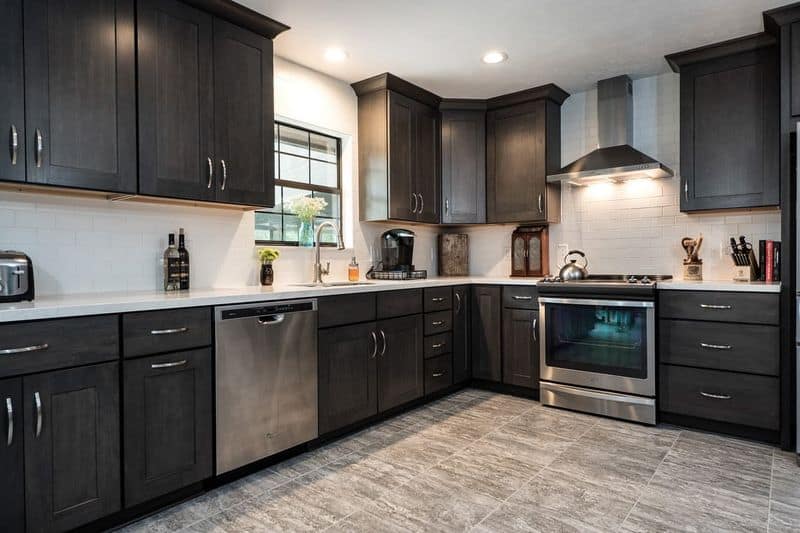
Choosing a cabinet color that conflicts with your kitchen’s lighting can make the space feel gloomy. Dark cabinets in a room with limited natural light can create a cave-like atmosphere.
This might seem cozy at first, but it can quickly become oppressive, making kitchen activities less enjoyable. Also, it may require extra lighting fixtures, increasing energy costs and effort.
Consider how the color interacts with both natural and artificial lighting. Testing samples in various lighting conditions can help prevent a regretful decision.
2. Trend Sensitivity
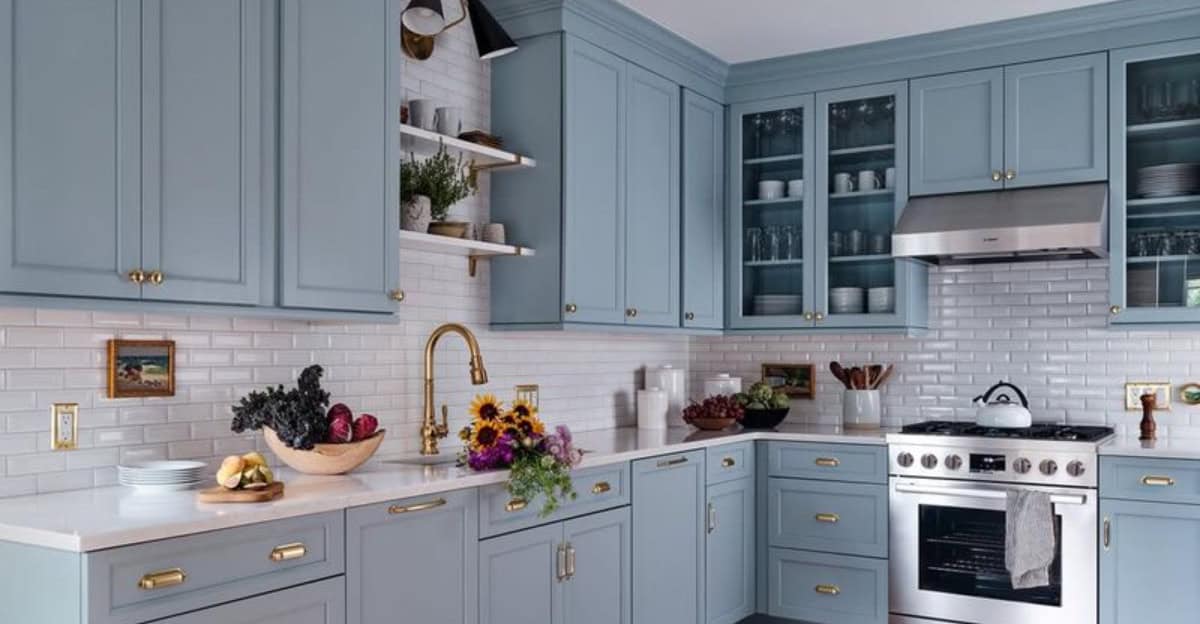
Opting for trend-based cabinet colors can lead to regret when trends shift. What’s stylish today may feel dated tomorrow.
Trendy colors might initially impress, but they can age your kitchen quickly, making it lose its appeal.
This could also affect your home’s resale value, as potential buyers often prefer timeless designs. Consider classic shades that offer longevity and adaptability.
It ensures a versatile backdrop that accommodates changing tastes and styles, saving you from future redecorating costs.
3. Difficulty in Decor Coordination
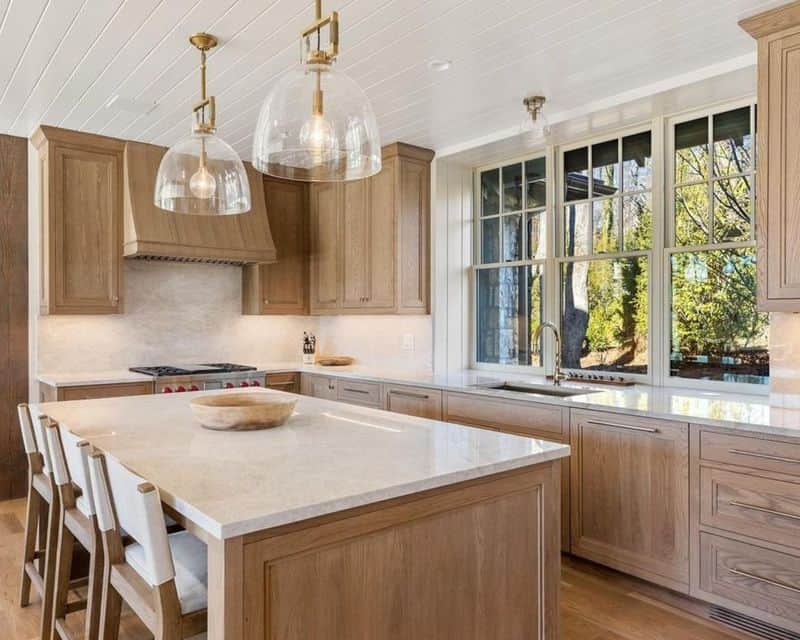
A cabinet color that clashes with other elements can disrupt harmony. It’s a challenge to find complementary decor, making the kitchen look disjointed.
Such a decision could force you to spend more on replacing or altering other parts of the kitchen to achieve a cohesive look.
A harmonious color palette ensures that every element works together, creating a pleasant environment. Consider existing textures, materials, and colors before committing to a cabinet color.
4. Impact on Room Size Perception
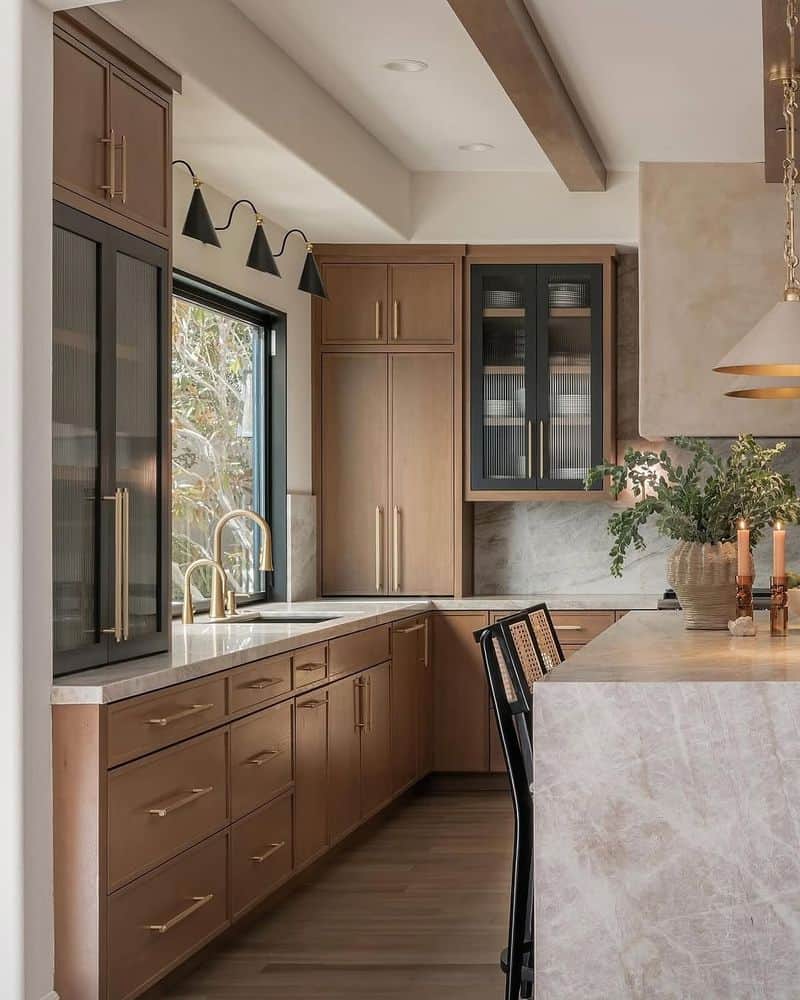
Colors significantly affect how space is perceived. Dark cabinets in a small kitchen can make it feel even more confined.
This choice can create an overwhelming sense of enclosure, discouraging you from spending time in the kitchen.
Light colors, on the other hand, can open up the space, making it feel airy and welcoming. Evaluate your kitchen’s size and consider how colors can manipulate spatial perception.
Opting for lighter shades can enhance openness.
5. Influence on Mood
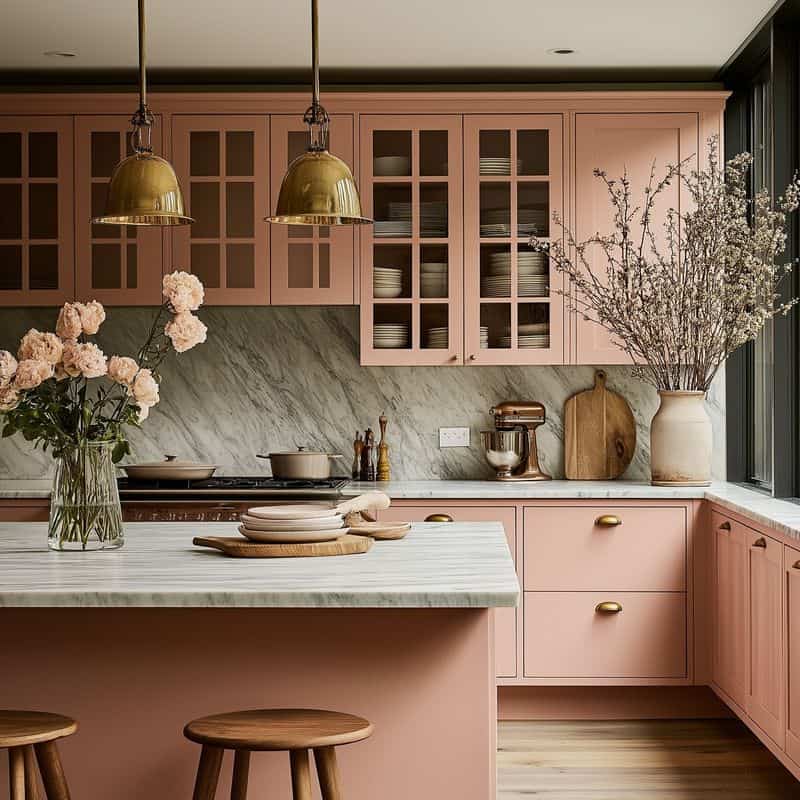
Cabinet colors can influence emotions and the overall mood in the kitchen. Bold colors like red can evoke stress or urgency, which may not be conducive to a relaxed cooking experience.
The color you love might not create a conducive cooking atmosphere.
Soothing tones can enhance a sense of calm and creativity. Consider how you feel and function in various color environments. A color that promotes positivity can enhance the time spent in the kitchen.
6. Resale Value Concerns
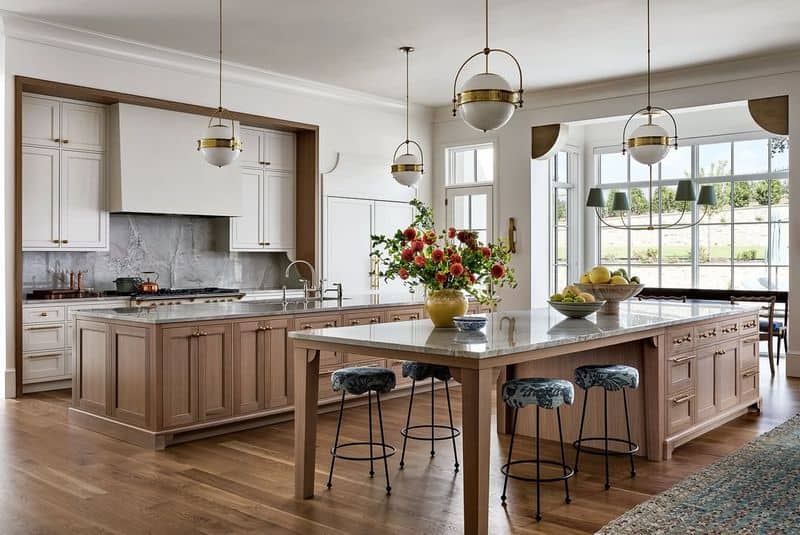
An unconventional cabinet color can deter potential buyers. While unique colors showcase personality, they may not align with broader preferences.
This can limit market appeal and potentially lower your home’s resale value.
Neutral or classic colors appeal to a wider audience, safeguarding the investment value of your kitchen renovation. Think about how your choices could affect future resale prospects.
Opting for safer colors can offer peace of mind and financial security.
7. Maintenance Challenges
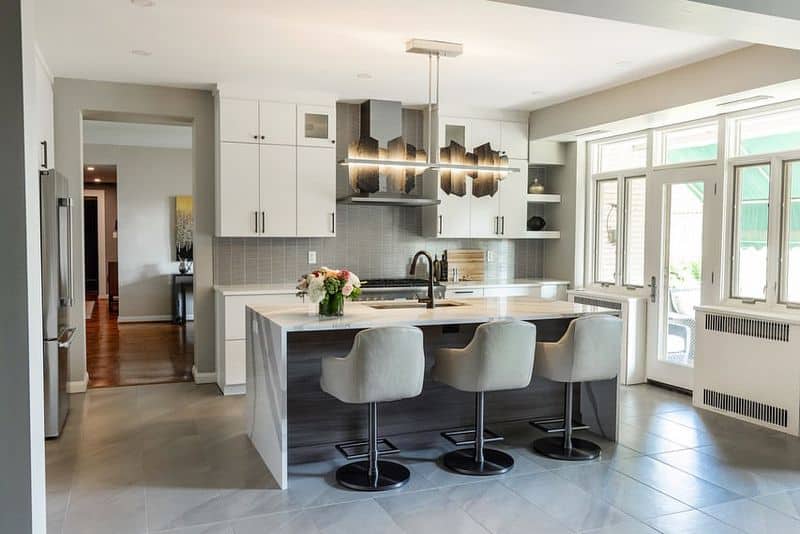
Some cabinet colors reveal dirt and wear more readily, increasing maintenance needs. White cabinets might look pristine but can show every smudge, requiring frequent cleaning.
This can become a tiresome, never-ending task, overshadowing the initial aesthetic appeal.
Dark colors, while hiding stains better, can reveal dust and scratches. Choose cabinet colors that align with your cleaning habits and lifestyle.
A practical choice can reduce maintenance and keep your kitchen looking fresh effortlessly.
8. Long-term Satisfaction
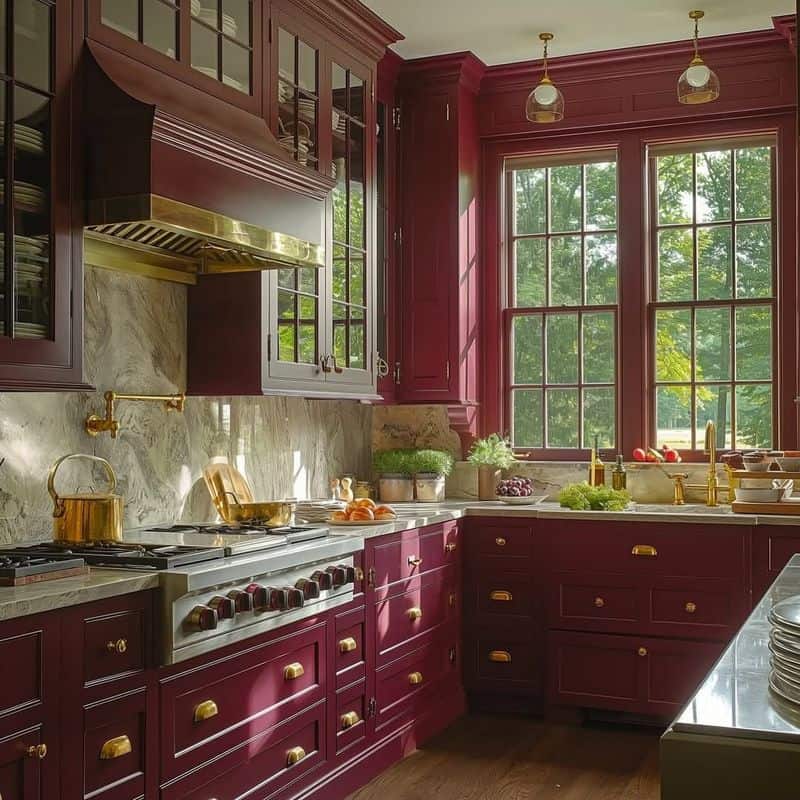
A color choice that feels perfect now might not satisfy you in years to come. Colors that are overly bold or personalized can quickly feel outdated or clash with evolving tastes.
It’s essential to select shades that provide long-term satisfaction and adaptability.
Consider how your preferences might shift over time and how cabinet colors can accommodate these changes.
Choosing timeless hues ensures your kitchen remains a cherished space, reflecting enduring style and comfort.
9. Cost of Changing Colors
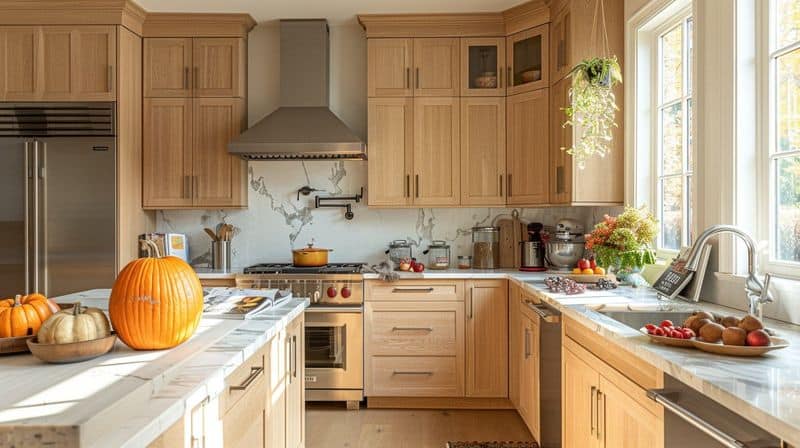
Changing cabinet colors is a costly and disruptive process. It involves not just repainting, but potentially replacing cabinets to achieve the desired look.
This can lead to unexpected expenses and time-consuming efforts that disrupt daily life.
It emphasizes the importance of making the right choice initially. By carefully considering your options and envisioning the long-term implications, you can avoid the hassle and expense of a kitchen overhaul.

